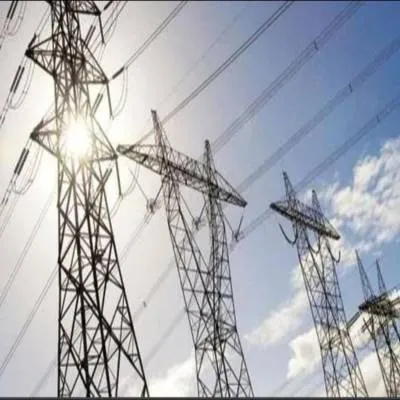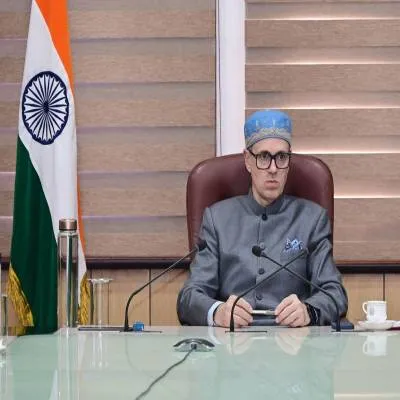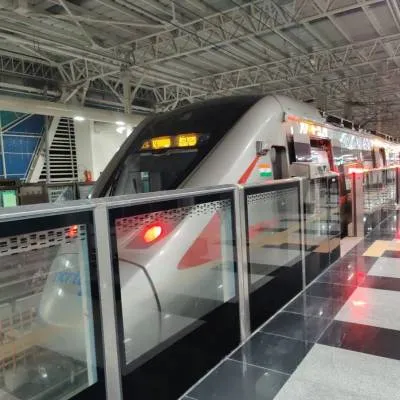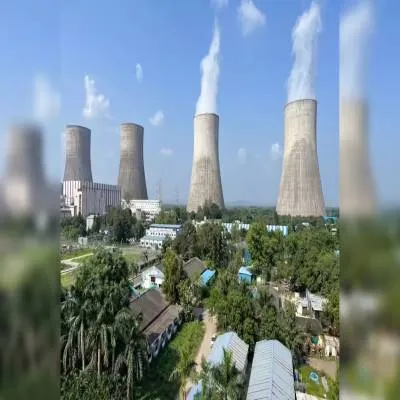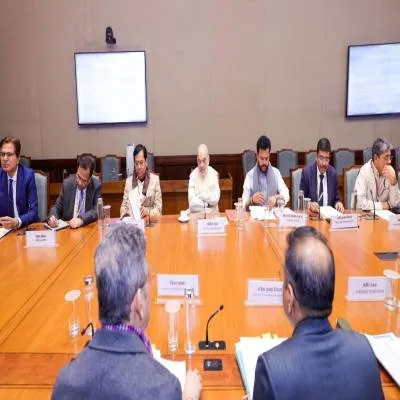Schedule a Call Back
Automatic Signalling to Transform Manmad–Jalgaon Route
2025-08-13
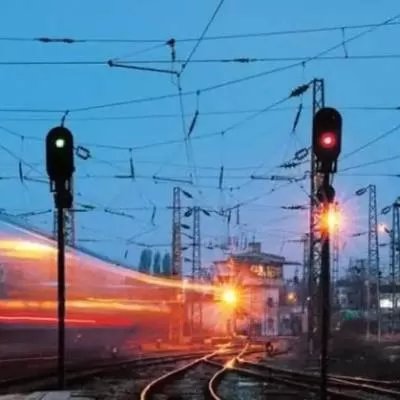
Nashik’s key 160-kilometre Manmad–Jalgaon railway section is set for a major capacity boost with the installation of an automatic signalling system, a move expected to significantly improve train frequency and operational efficiency. The Bhusawal division of Central Railway is leading the project as part of wider infrastructure upgrades in preparation for the 2027 Simhastha Kumbh Mela, which is expected to draw millions of pilgrims.
One of the busiest stretches on the Mumbai–Howrah route, this section currently operates with manual block signalling, limiting trains to one per block of 8–20 kilometres. The new system will introduce intermediary signals at intervals of 500 metres to 2 kilometres, enabling multiple trains to operate safely within the same stretch. Officials estimate this could allow up to five times the present train capacity.
The signalling upgrade is part of a wider Rs 11.10 billion development programme covering Nashik Road, Odha, Devlali, Kherwadi, and Kasbe Sukene stations. These works will enhance passenger handling, increase train parking and maintenance capacity, and provide terminating facilities for long-distance services from destinations including Gujarat, Gorakhpur, and Lucknow.
A major component of the plan is an 11-kilometre rail-over-rail flyover at Manmad, designed to let freight trains from Daund to Jalgaon bypass passenger platforms at Manmad Junction. This will ease congestion at a station that serves converging lines from Jalgaon, Chhatrapati Sambhajinagar, Daund, and Mumbai.
Officials say the modernisation supports national goals to improve rail efficiency while reducing environmental impact. By enabling more trains to run on existing tracks, the system avoids large-scale land acquisition, cutting emissions and energy use.
The upgrades will also enhance safety, accessibility, and crowd management. For the Simhastha Kumbh Mela, facilities will include improved circulation areas, expanded holding zones, and robust maintenance systems to handle the surge in passengers.
Railway experts note that such technology is essential for a sustainable and equitable network, reducing delays, increasing capacity, and removing bottlenecks for commuters, long-distance travellers, and freight alike. The Nashik–Manmad–Jalgaon modernisation stands as one of Central Railway’s most significant signalling upgrades, signalling a shift towards a faster, safer, and greener future for the region.


Subscribe Now
Subscribe to our Newsletter & Stay updated
RECENT POSTS
Popular Tags
Folliow us
Related Stories
RRTS emerges as key growth driver for real estate and mobility: Knight Frank
India’s Regional Rapid Transit System (RRTS) is emerging as a major catalyst for urban growth and investment, with strong demand from commuters a...

